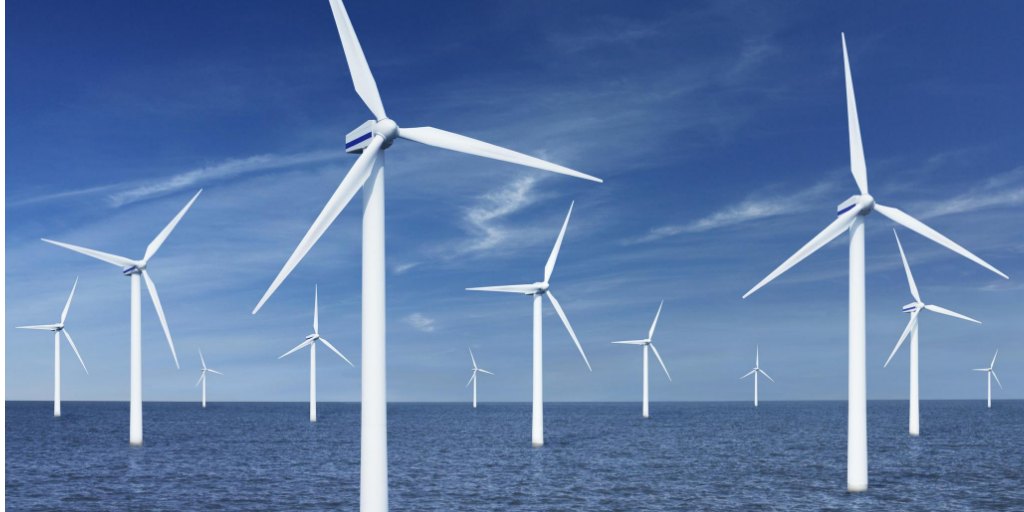Offshore Wind and the Role of New Transmission

As New York State moves forward with its plan to grow offshore wind to 9 gigawatts (GW) or more, we are preparing for the necessary transmission changes need to support this new source of energy.
Part of our role as managers of the electric grid is to run the Public Policy Transmission Planning Process that identifies transmission investments needed to achieve a public policy goal, such as increased renewable energy production. The process to identify a Public Policy Need begins with us inviting interested parties to propose specific transmission investment needs. In our most recent planning cycle, we issued that request in August of 2020. In response, the NYISO received 15 proposals and submitted those proposals to the PSC. The NYISO also submitted 8 of those proposed needs affecting Long Island to the Long Island Power Authority. In turn, LIPA asked the PSC to declare a Public Policy Need for offshore wind on Long Island.
In March, the state Public Service Commission declared that offshore wind goals are driving the need for additional transmission facilities to deliver that renewable power to Long Island and from Long Island to the rest of New York State. A public policy need was identified for the NYISO to solicit proposed transmission solutions.
The NYISO determines whether the proposals are viable and sufficient to meet that need, and may then select the most efficient and cost effective solution. The selected transmission project recovers its costs through the NYISO’s transmission rates.
The offshore wind need is the latest of several recent public policy transmission projects underway in New York that are necessary to move the state towards the CLCPA’s target of a zero-emissions grid by 2040.
Offshore Wind Challenges
Offshore wind presents transmission challenges for New York; specifically, how to reliably integrate all that power from up to 30 miles out in the Atlantic Ocean onto the statewide grid? As offshore wind projects continue to be developed, we expect project owners to build supply lines under water to several spots in New York City and Long Island, close to the shore, where major transmission lines and substations exist. Our role will be studying the interconnection of those underwater cables to existing transmission infrastructure on land, and planning the future grid to operate with additional energy from those new resources.
These transmission interconnection projects are not the subject of the PSC’s declared transmission investment need, which is focused on expanding the capability of the system to move power (including all the power from new offshore resources) onto Long Island and to the rest of the state.
New York State has currently contracted with developers for renewable energy credits for 5 offshore wind projects totaling 4.3 GW. That’s about half of what the CLCPA calls for. The location of these offshore wind projects, near the state’s largest population base of New York City and its surrounding suburbs, will help address a recurring issue in the state: the “tale of two grids” whereby the downstate region heavily relies on fossil fuels for electricity production.
Currently, New York City’s summer peak demand is estimated to be around 11 GW, while Long Island’s projected peak is about 5 GW. If offshore wind is built out to the level the CLCPA envisions, windy conditions on lower-demand days could result in sending surplus power upstate.
Offshore wind is only one public policy requirement necessitating changes to the grid in New York. Achieving a zero-emissions grid by 2040 will also require increased flow of clean energy from upstate to downstate. In the past few years, we’ve been working with developers on other public policy needs that are also helping to resolve the tale of two grids.
The NYISO’s Public Policy Transmission Planning Process has already brought projects to construction that will relieve transmission congestion and increase the flow of clean energy to downstate consumers. Developers are currently in the midst of a multi-project “energy highway” program to move more renewable energy from upstate to downstate. The projects include:
- The Western New York public policy project that will be added to an existing right-of-way from Niagara to Erie counties. The estimated 20-mile project, when complete, will make the 2,700 MW of renewable energy from Niagara Falls fully available, and transfer up to an additional 1,000 MW from Ontario following retirement of fossil-fueled power plants in Western New York.
- The AC Transmission Upgrade project, which is made up of two facets:
- 93 miles of high voltage transmission lines from Oneida to Albany counties
- 54 miles of high voltage transmission lines from Rensselaer to Dutchess counties
- The New York Power Authority (NYPA) is currently undertaking the Northern New York Project, which includes rebuilding nearly 200 miles of transmission in the North Country and Central New York areas to a higher voltage. In addition to “unbottling” existing renewable energy in the region, NYPA estimates the project will result in significant production cost savings, emissions reductions, and decreases in congestion.
For more information about transmission in New York State, visit the Power Trends 2021 webpage.
For more on the grid of the future, visit the 2040 Power Grid webpage.

